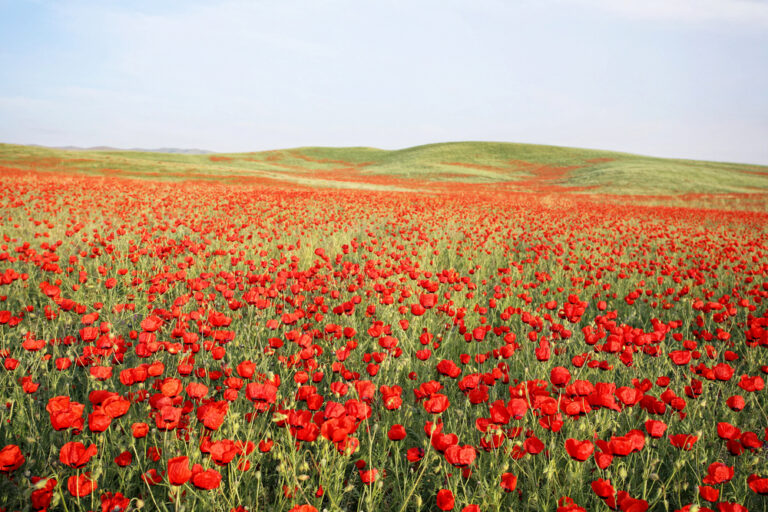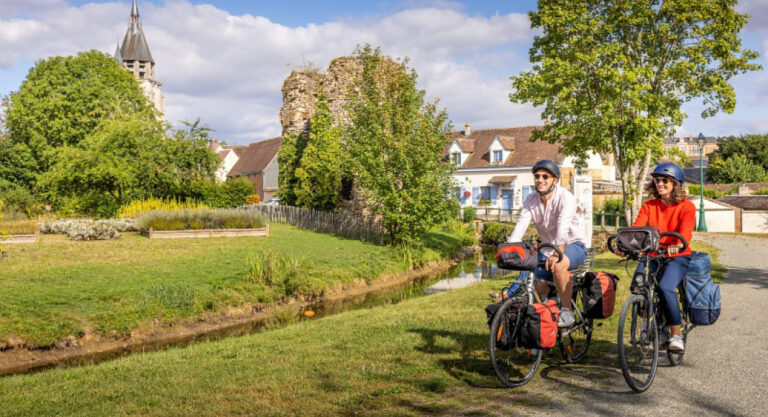Despite having deep Catholic roots, France has the third-largest Jewish population in the world, after Israel and the United States. Jewish communities have existed in the country since the first century and it has long been a center of Jewish learning. You might think that Paris, with its famous Marais neighborhood, is the center of French Jewish life. And while that is true today, it hasn’t always been.
As in the rest of Europe, Jews were subject to persecution in France, especially during the Middle Ages. Riots, murders and expulsions were all-too-common occurrences. French Jews faced severe restrictions in where they could live and what jobs they could hold. One of the few places where they found refuge was in Provence.
This refuge was in the Papal territories of Avignon and the adjacent Comtat Venaissan (in today’s Vaucluse département). Avignon and the Comtat were the property of the Catholic Church from the 13th century until they became part of France after the French Revolution. Jews here were referred to as les Juifs du Pape (the Pope’s Jews.) While they still faced restrictions in where they could live and what work they could do, life was better than elsewhere in France.
But Provence was not immune to anti-Semitism and over time more restrictions were placed on its Jewish population. They were eventually allowed to live only in the Arba Kehilot, or “four holy communities” of Avignon, Carpentras, Cavaillon and L’Isle-sur-la-Sorgue. Even within these cities, Jews were crammed together in carrières (ghettos) with large gates that locked them in at night. The French Revolution began the process of Jewish emancipation; French Jews were granted full citizenship in 1791 and with freedom of movement came a decline in the Jewish communities of Provence. Two thirds of France’s Jewish population now lives in Paris.
Today’s visitor to Provence can still see vestiges of its medieval Jewish communities in Avignon, the Comtat and elsewhere. Here are just a few:
Carpentras
Built in 1343 and partially rebuilt in 1741, the Carpentras Synagogue has a plain facade but an ornate interior. There are remnants of a mikvah (ritual bath) and a matzo bakery in the basement.
Nearby is the Cathedral of Saint-Siffrein, where the south door was known as la Porte Juive (“the Jewish door”). In the Middle Ages Jews were forced to stand there on Sundays so they could be preached to.
Outside of town is the Cimetière juif de Carpentras (Jewish cemetery of Carpentras) that dates back to the 14th century. Carpentras also holds an annual Jewish music festival in August.
Cavaillon
The synagogue of Cavaillon overlooks the old carrière. Although it is no longer active and smaller than that of Carpentras, but no less ornate. On the basement level is the Musée Judéo-Comtadin, with remnants of a matzo bakery, Torah scrolls, and other historical artifacts.
Avignon
The Avignon Synagogue was reconstructed in 1846 on the site of the 13th century original. The synagogue hosts daily services, and stands next to a matzo bakery. A few hundred yards away is the site of the old Jewish carrière along the Rue Juiverie, facing the Papal palace. As in other ghettos, the cramped space led its residents to build “skyscrapers” as much as five stories tall.
L’Isle-sur-la-Sorgue
Little remains of the medieval Jewish quarter, although its presence is marked by street names like Rue Hebraique (Hebrew Street.) Original wrought-iron balconies still decorate some of the buildings of the old carrière. The Jewish cemetery can be seen outside of town.
Nice
A coastal city, Nice has an active Jewish community and a Grand Synagogue with beautiful stained-glass windows. The cemetery contains graves dating back to 1626.
Marseille
This southern French city has France’s second-largest Jewish community, with 40 synagogues. Its Grand Synagogue was built in 1864 in a surprisingly Christian style. There are many mikvahs in town and a small Holocaust memorial.
More information on visiting Jewish sites in Provence, including directions for a driving tour, can be found on the official French tourism site, and tours of Jewish Provence can be organized through Provence Post Travel.







